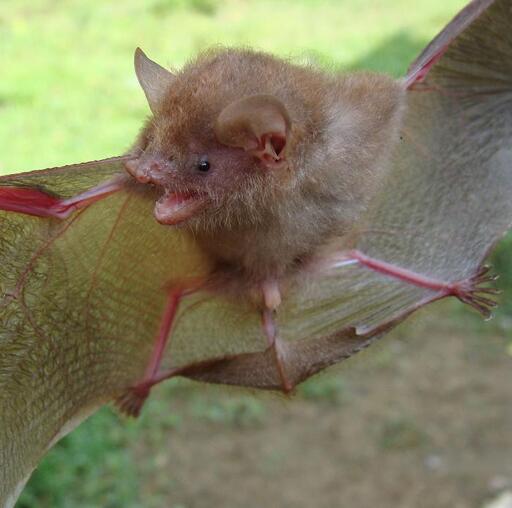Researchers have recently described six new-to-science species of tube-nosed bats from the Philippines, named after their unique nostrils that protrude from the snout. All the specimens were collected from either primary or secondary forests, currently threatened by mining and shifting agriculture, the authors write in a new study. “These bats are notoriously elusive, so the tube-nosed bat collection this study examined was cobbled together over many years, expeditions, and memorable experiences — one bat at a time,” Jodi Sedlock, study co-author from Lawrence University, U.S., said in a statement. For the study, the researchers examined the bodies and genetics of museum specimens of tube-nosed bats collected from various Philippine islands over the past couple of decades. Their analysis found six species previously unknown to science. All the bats are insect-eating and weigh just 4-14 grams (0.1-0.5 ounces). Alvarez’s tube-nosed bat (Murina alvarezi): Found in the southern and central Philippines, this bat has been recorded from a diverse range of forests on the islands of Mindanao, Siquijor, Bohol, Cebu and Sibuyan. The species is named in honor of James Alvarez, a young Filipino bat biologist who died in 2018. Balete’s tube-nosed bat (Murina baletei): This bat was recorded in primary and second-growth forests of Lubang, southern Luzon and Catanduanes islands. It’s named in honor of Danilo S. Balete, a Filipino zoologist who died in 2017. Hilong-Hilong tube-nosed bat (Murina hilonghilong): The largest Murina species in the Philippines, the bat has only been found in the forests of Mount Hilong-Hilong. The mountain…This article was originally published on Mongabay
From Conservation news via this RSS feed


